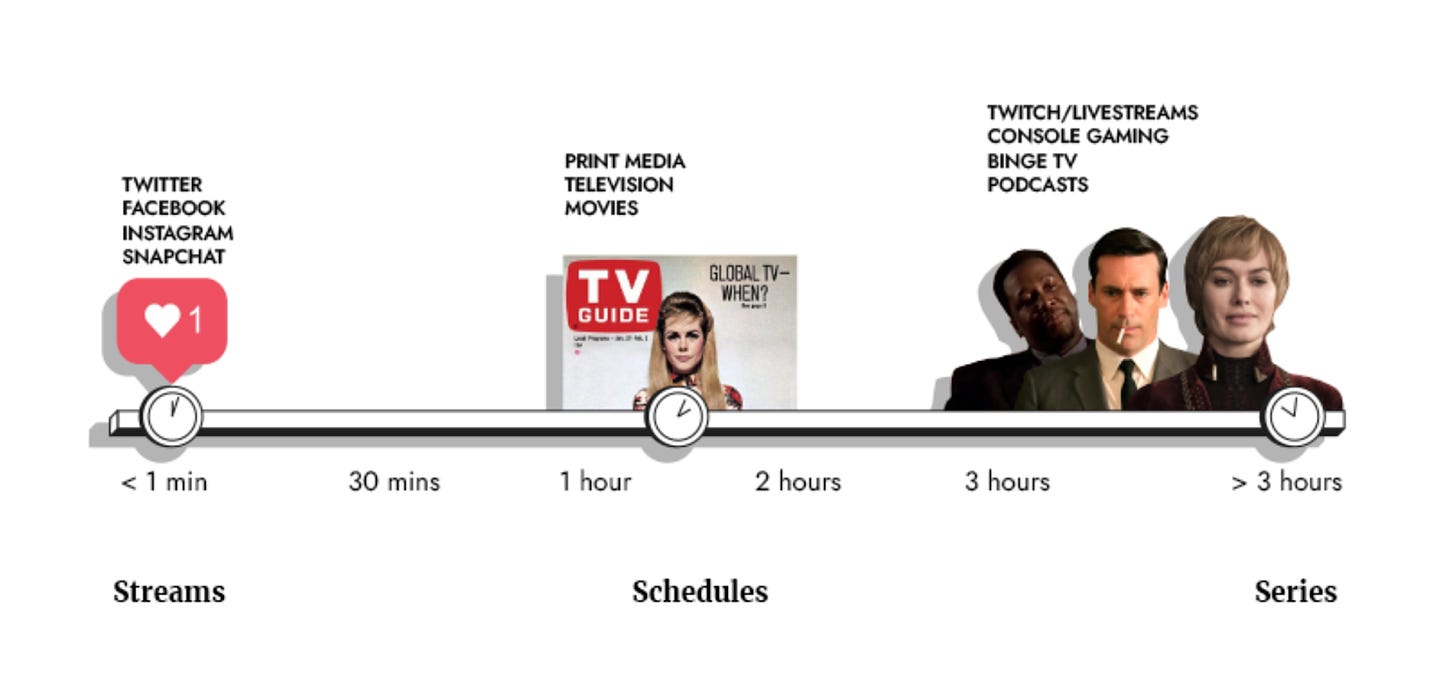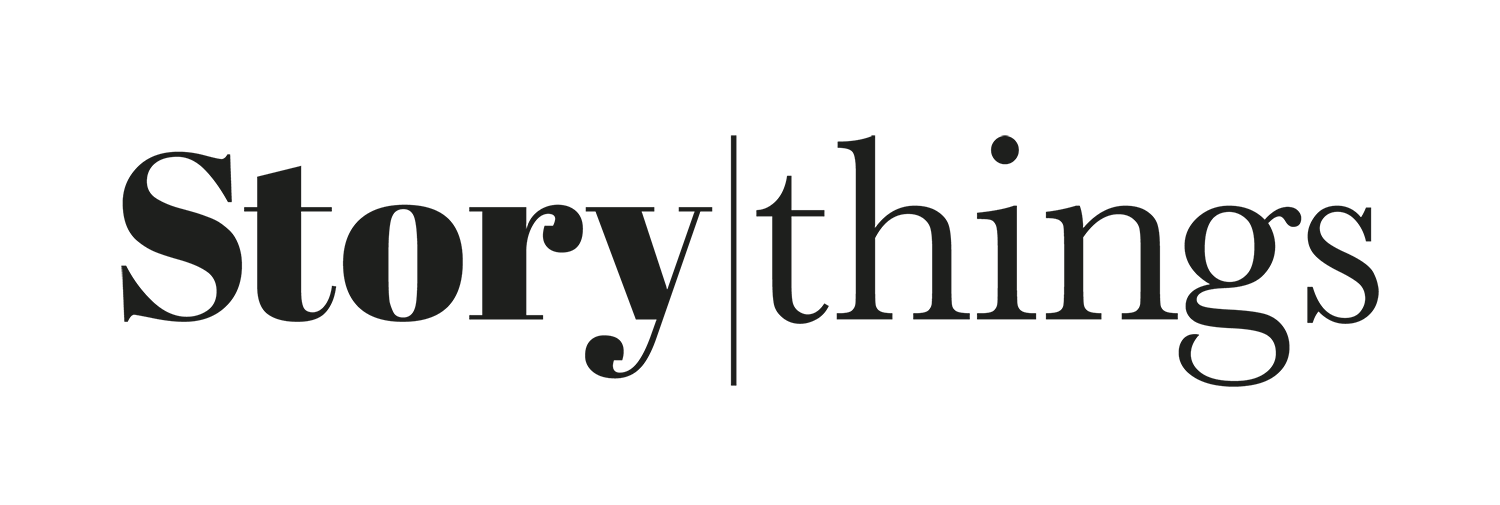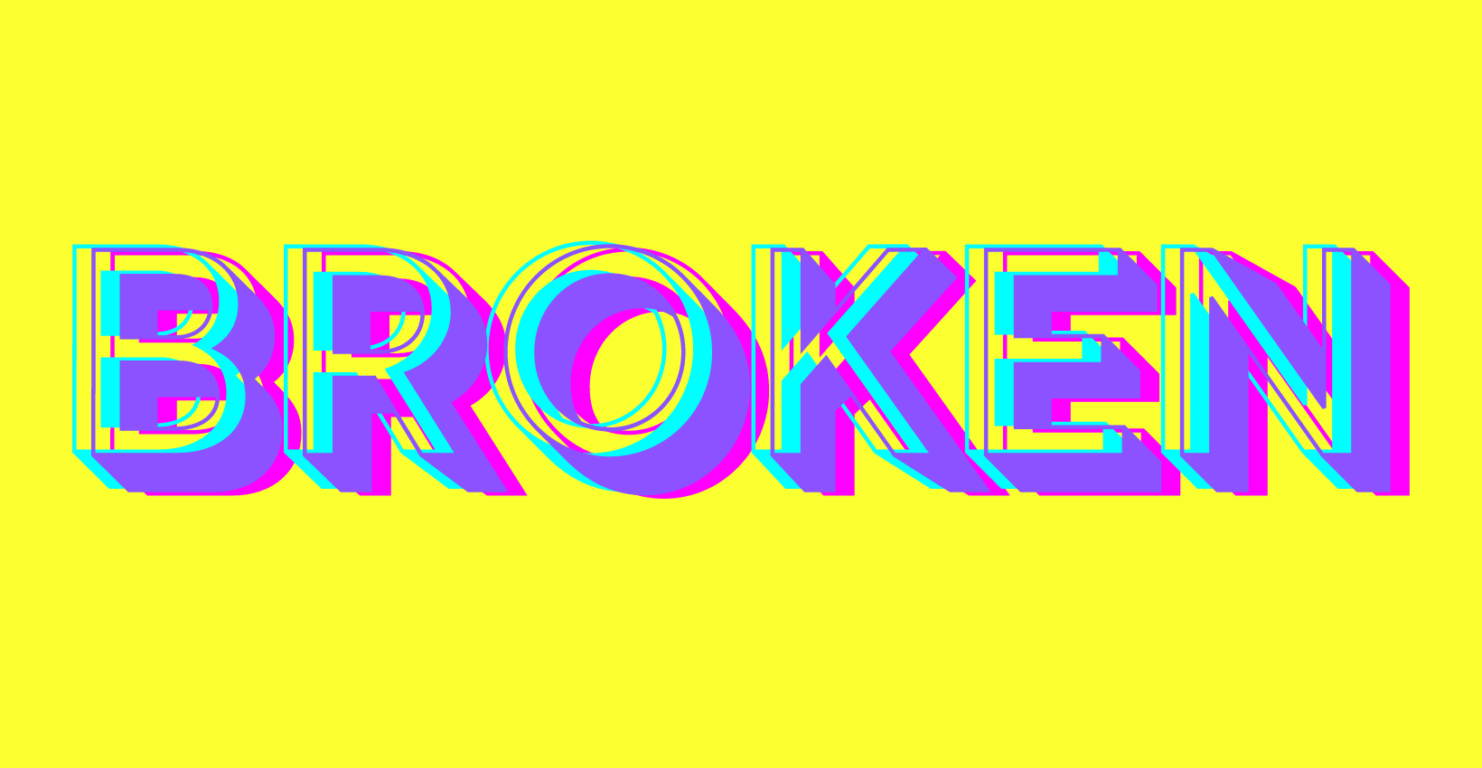Broken: Rule 1 – Focus on Audiences, not Platforms
Welcome to the first of our five-part mini-series on how to succeed in the next era of content discovery. Our first rule sounds obvious, but you’d be surprised how often people forget it.
Rule 1 – Focus on audiences, not platforms
After all, even if you’re looking at a screen, you’re somewhere in the real world, with real people, at a specific moment in time, with other things jostling for your attention. Despite Zuckerberg’s best efforts, we’re not all living in the metaverse yet. So take the effort to think about your audiences as people, not platforms or devices.
A good tool

We started thinking about this to counter the assumption that digital has caused our attention patterns to get shorter. In fact, something far more interesting has happened. If you were creating mass media in the era of analogue broadcasting and distribution, the economics and logistics of that distribution meant that your formats were aimed at an attention pattern of around 30-120 minutes. TV and radio organised attention in this way through the schedule, and cinema through the physical limits of reels of film. If you made content in formats that were extremely short or long, you’d struggle to get mass distribution for them.
After 2007, with the launch of the iPhone, we saw a huge explosion of platforms that could distribute – and crucially, monetise – much smaller patterns of attention, down to just a few seconds. But this wasn’t the whole story. We think the spectrum of possible attention patterns has got longer as well as shorter, as video games, podcasts and streaming video services have made it possible to build complex, immersive story worlds that we can lose ourselves in for hours at a time.
So as storytellers, we’ve got to think about where our stories will fit on this spectrum, and what the different affordances are of reaching your audiences in streams, schedules or series.
If you want to know more about our Attention Pattern Spectrum research and how to use it, we’d love to show you.
.
A good example
Go deeper
To better understand how platforms manage our attention now, it’s worth understanding the history of media and attention. Back in 2017, I wrote a five-part series for Medium on the history of attention metrics, from applause to the like button.
Our favourite book on audience research tools is Just Enough Research by Erika Hall. It’s a great guide helping you find practical ways to get curious about your audience, and discover insights that will make your stories or products way more effective.
We’re big fans of The Content Technologist, and are currently working together with Deborah on a few client projects. If you’re interested in tools that help you understand and build better content strategies, subscribe to her newsletter and buy her courses. They’re all gold.
The Cultural Participation Monitor from The Audience Agency is a long-running study looking at how UK cultural participation behaviours changed during and after the pandemic. It’s particularly strong on how audiences with a disability responded positively to remote and digital-first initiatives during lockdown.

